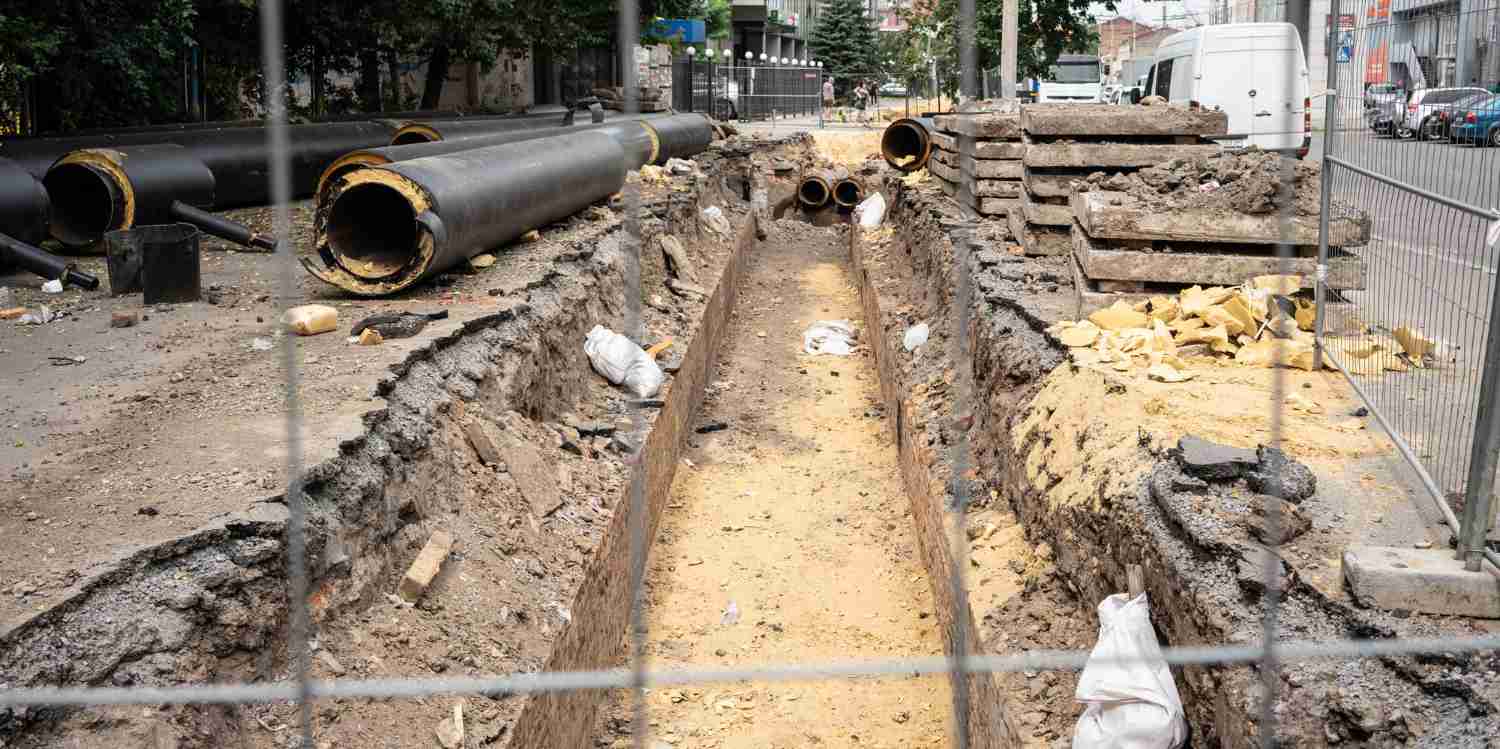You must rely on underpinning to support the giant structure whenever you want to upgrade your home or build it from scratch. Do you want to explore the top underpinning techniques available to you? In this blog, we’ll explore them and tell you about which one suits different ground’s needs.
What is Underpinning?
Underpinning is an underground construction process for re-establishing a poor foundation. It can be deployed to any residential or commercial project to keep structural stability at its peak for years. Since no one-size-fits-all approach, distinctive methods are employed to underpin different structures.
Benefits of Underpinning
Underpinning is one of those construction methods that can be employed either before or after the project is completed. Below are some perks for considering this technique for your residential or commercial property.
Better Structural Integrity
No matter how much you keep your property well-maintained from the inside out, it starts losing its foundational strength at some point. This is common, and there’s nothing to worry about. Underpinning allows you to regain the ground-level structural integrity without demolishing and building it from scratch.
More Resale Value
We all want to sell our property at its best rate, but how is it possible with an old, structurally unsound home? Well, when you upgrade your building, the value gets high compared to its previously quoted price. That’s why underpinning is among those investments for your space which will bring you the best ROI.
Extend Ceiling Height
are you bored of your low ceilings and poor ventilation? These issues are common with unplanned homes, but with the underpinning, you can eliminate them too. Once your ceiling height gets extended, it allows more natural light to flow inside, as well as contributing to better ventilation.
Access to Plumbing Infrastructure
You know how tricky it is to access the underground or wall-hidden plumbing infrastructure when your pipes get leaky, don’t you? The handyman has to find the root cause of leaks, and sometimes, this ends with installing new pipes to replace the old ones.
If your property has issues similar to that, don’t worry. Basement underpinning projects allow you to fix the hidden electrical and plumbing problems by providing you access to all the mechanics of your home. In this way, you can achieve long-term reliability without worrying about damaged pipes and fixtures again.

Method of Underpinning to Walls
Let’s explore the top available underpinning methods you can consider for your upcoming project.
Angle Piling
Angle piling involves driving piles into the ground at an angle rather than vertically. These piles are typically made from steel or reinforced concrete and are designed to transfer loads diagonally to more stable soil layers or bedrock.
The piles inserted in this technique are in pairs but at opposite angles, at a maximum distance of 1-2 meters from each other. Since they don’t require digging beneath the foundation for structural alteration, you can expect less vibration and noise throughout the project.
Mass Concrete Underpinning (Pit Method)
The mass concrete underpinning works by excavating the ground and filling it with concrete solution. This is the most common and traditional underpinning technique and is also known as the pit method. Thanks to its easy deployment, which allows for digging at low levels where the structural demand is not extensive.
Beam & Base Underpinning
As the name suggests, the beam and base underpinning method involves a concrete-made beam erected in place of the current footing. That’s how the load of the structure is distributed into multiple integrated beams. But do you know what is its size? Well, it depends on the ground conditions for each structure.
Mini-Piled Underpinning
This mini piling technique is super effective in volatile soil conditions. It is utilised when no other method can help to achieve the desired depth to bear the loads. Usually, they are 150mm to 300mm in diameter and are the top choice to dig through the unstable soil conditions.
Resin Injection
In the resin injection underpinning technique, the resin is inserted into the building’s foundation via a small hole. The resin acts as the support to stabilise the soil. Since there are no requirements for extensive digging, it’s an affordable option to consider.
Since there are no excavations at all, the time taken for this process is merely minutes or a bit more, making it a time-efficient technique as well.
Grout Injection
Just like the grout is poured into the tiles and walls after the flooring and wall work, the same technique works here in the underpinning, where the grout material is injected into the ground across the foundation. It’s a top choice for sites where soil conditions are a significant concern.
Pier Underpinning
Pier underpinning is a simple yet practical technique in which vertical pillars are inserted into the ground to provide stable support and raise the structure. The pillars can be made of steel, reinforced concrete, or even timber. Since each project has different requirements, contractors determine the pillar material accordingly.
Slab Jacking
Slab jacking is an effective method for re-strengthening unstable and cracked slabs. It involves drilling a hole, then pumping a mixture of sand and cement into the slabs. As the solution settles, it realigns the slab back to its original position and enhances its functionality.
Hire UK Underpinning Solutions – Your Trusted Piling Contractor
We hope you’ve explored the various underpinning techniques contractors are currently utilising. But which one is ideal for your upcoming construction project? Don’t worry; UK Underpinning Solutions has covered you with top-notch solutions. Our engineers are capable of handling complex soil conditions with a tailored approach. Contact us at 08000996143 or write to mailto:ukunderpinningsolutions@gmail.com for a bespoke quote.

